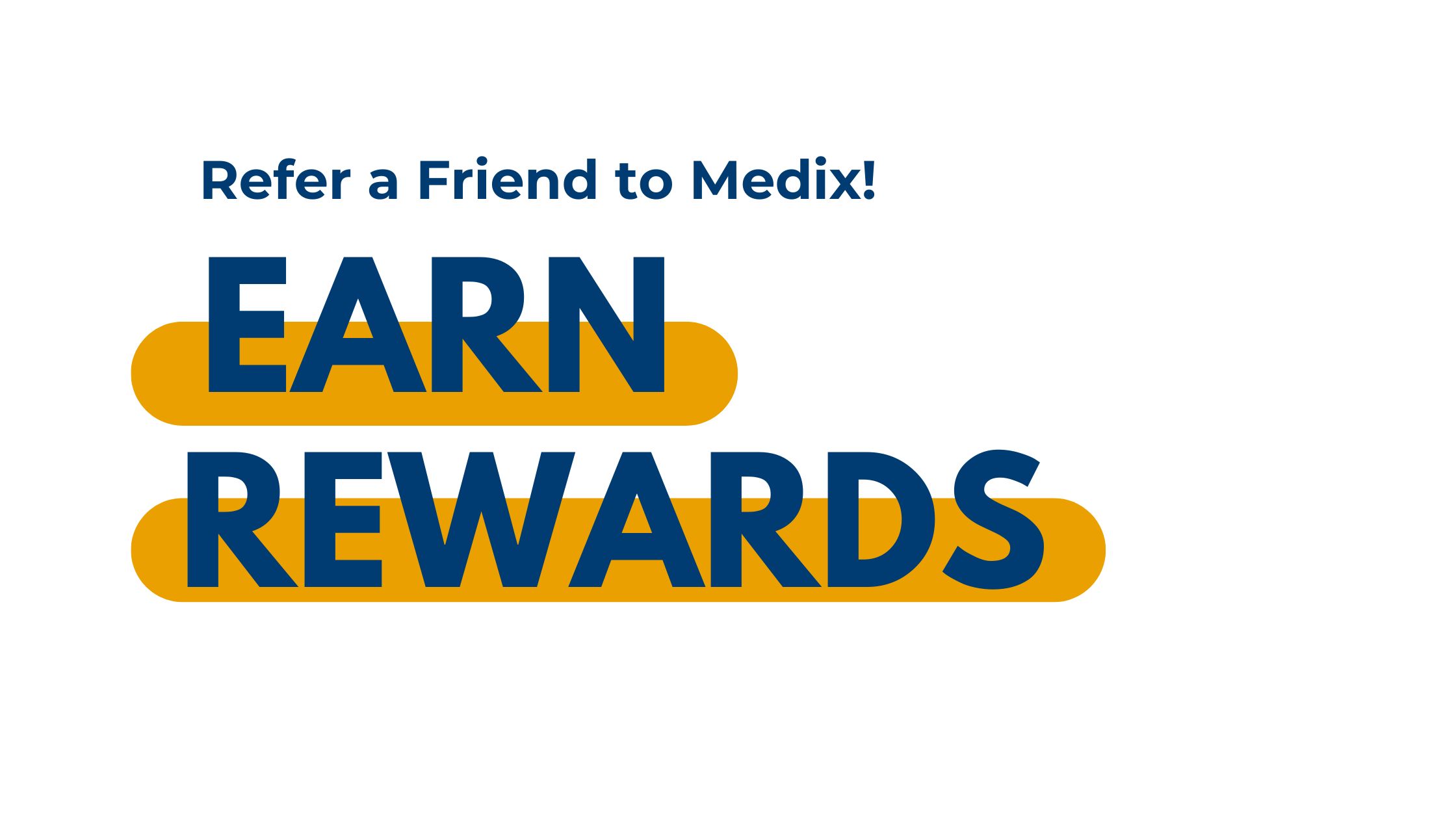 Keeping a dental practice running is no easy task. You need to make sure there is a steady flow of patients, avoid keeping people waiting for too long, and maintain communication between dentists and the front desk.
Keeping a dental practice running is no easy task. You need to make sure there is a steady flow of patients, avoid keeping people waiting for too long, and maintain communication between dentists and the front desk.
Dental administrators are responsible for ensuring the dental surgery runs smoothly. They manage appointments, patient information, billing, and everything in between!
Read on to discover how dental administrators can increase productivity at dental practices.
Become a Dental Administrator and Allow Patients to Book, Reschedule and Cancel Appointments Online
Historically all dental appointments were made over the phone. If it was a particularly busy period, patients could be left on hold, meaning they were less likely to make an appointment, and even less likely to cancel if diary changes meant that they couldn’t make it.
Nowadays, dental practices should offer the option for patients to make appointments online. This will increase the number of appointments made. Allowing patients to change or cancel their appointment online will also reduce the number of no-shows.
Introducing an online booking system will increase productivity by freeing up some of the dental staff’s time. Dental staff will no longer have to spend hours on the phone scheduling and rescheduling appointments as this can be done via the online system. Dental office administration college will show you how to use different kinds of office software for scheduling appointments in a simulated dental office environment.
Send Automated Follow-Ups and Reminders via Text or Email
It is also a good idea to send automated reminders via text or email to patients one or two days before an appointment. This will save dental staff having to spend time calling patients to remind them that they have an appointment coming up.
Automated messages are also a good way to gather feedback. An online form asking patients to evaluate their experience could be automatically sent to patients after every appointment.
If a patient hasn’t had an appointment in over six months, it might be a good time to suggest scheduling the next one. This could also be done by an automated message to help the practice retain regular patients.
Know How Long Routine Procedures Take
As part of your dental administration training, you will become familiar with some of the more common dental procedures. This will enable you to answer any patient questions, and will also help with scheduling appointments as you will know roughly how long each one is likely to take. The average appointment including cleanings, fillings, and checkups takes under an hour.

If you find that patients are often left in the waiting room for more than 20 minutes, it might be a good idea to investigate why this is. Are you leaving enough time for appointments? Are you overscheduling? Take note of how long appointments take on average and allow an extra 5 or 10 minutes between appointments for the dentist to catch up. Leaving patients waiting for too long every time will have a negative impact and could result in bad reviews and lost clients.
Use Digital Software to Store Patient Information
As a dental administrator you will be responsible for maintaining patients’ medical data. This is highly confidential, so it’s important it’s stored safely. Using a digital software database is the best way of managing this information.
Some systems allow patients to upload their own information directly using computers and tablets in the dental office. This will make the practice more productive and help avoid human errors, as dental staff will not input data manually from a paper form to a computer.
Do you think you have what it takes to become a dental office administrator?
Contact Medix College to find out more!




